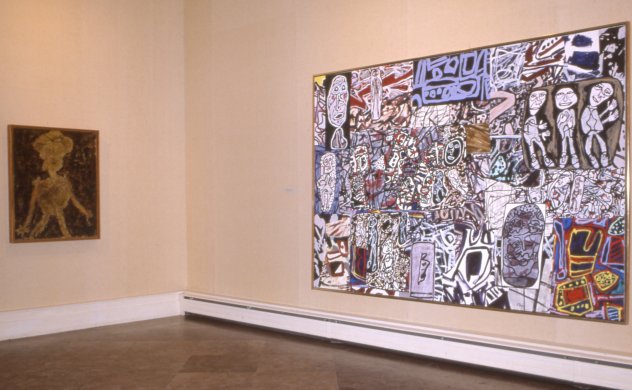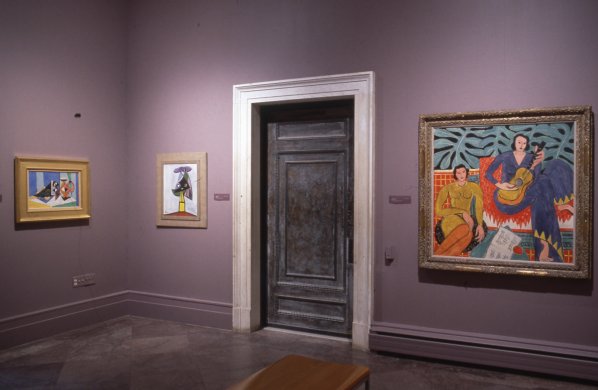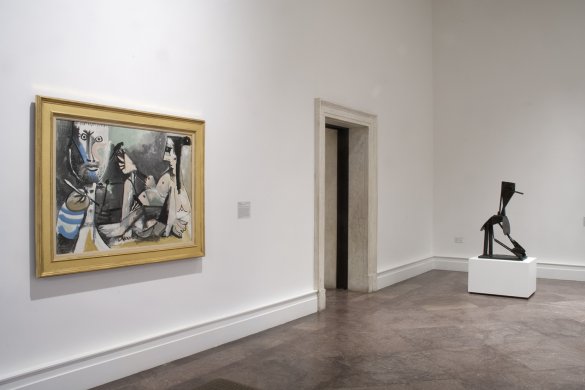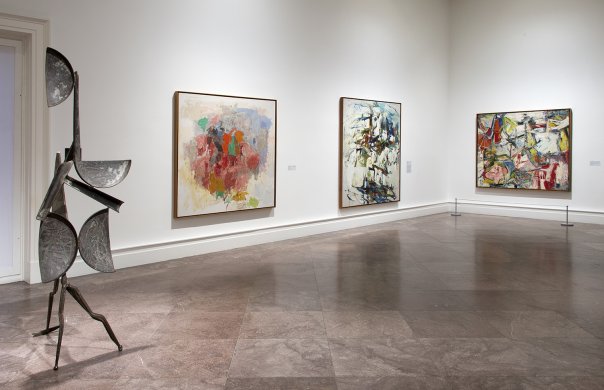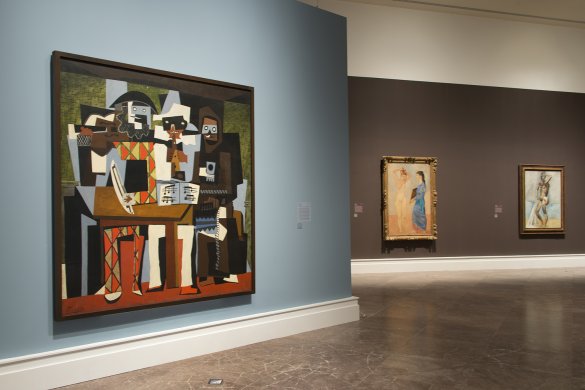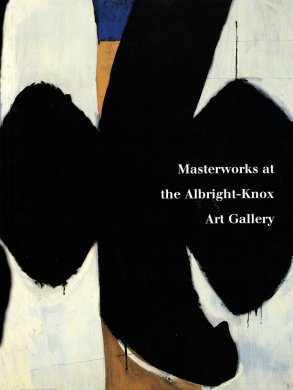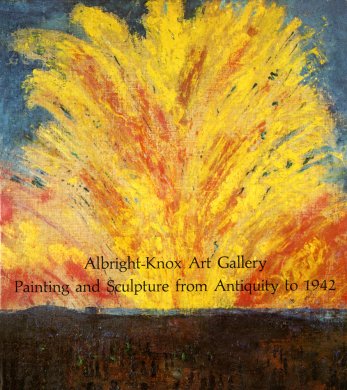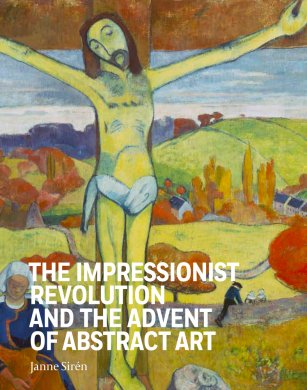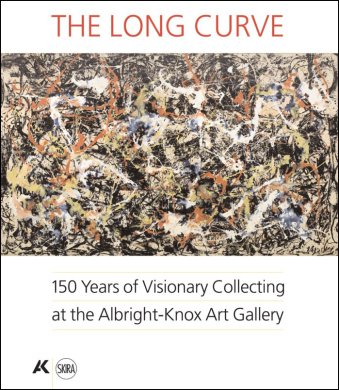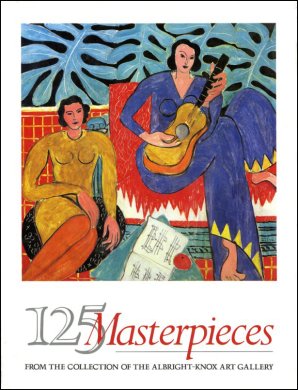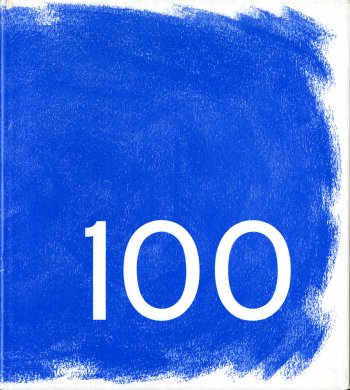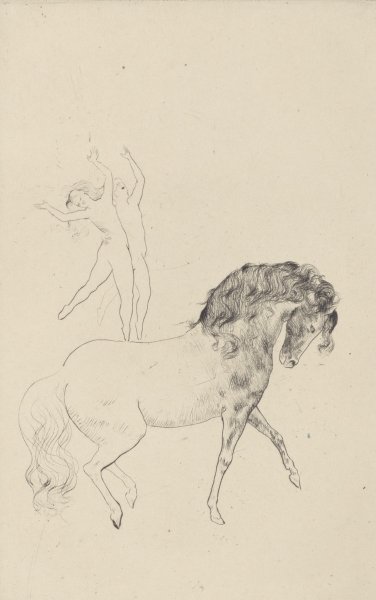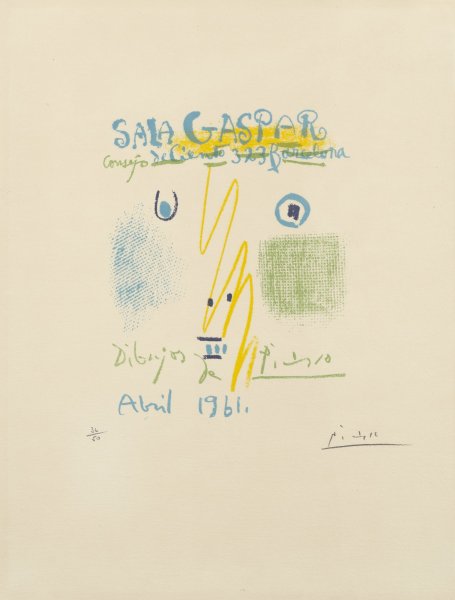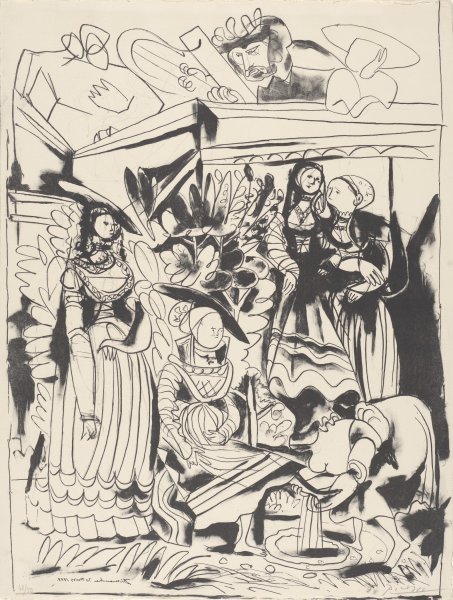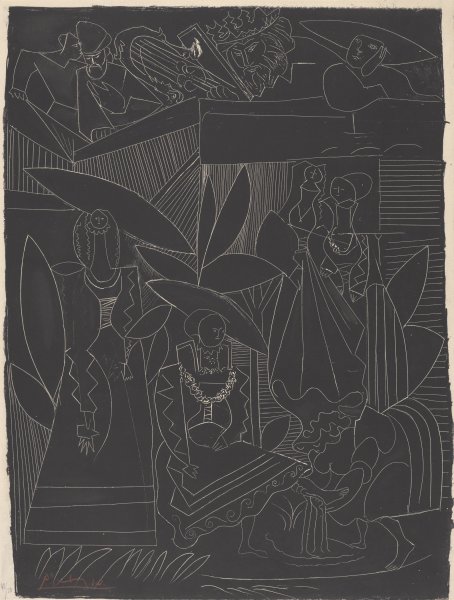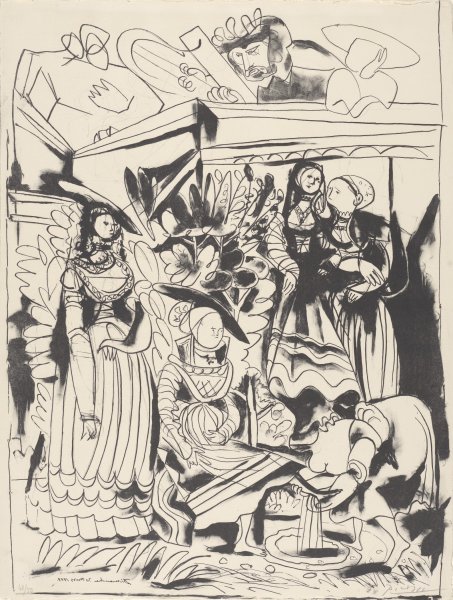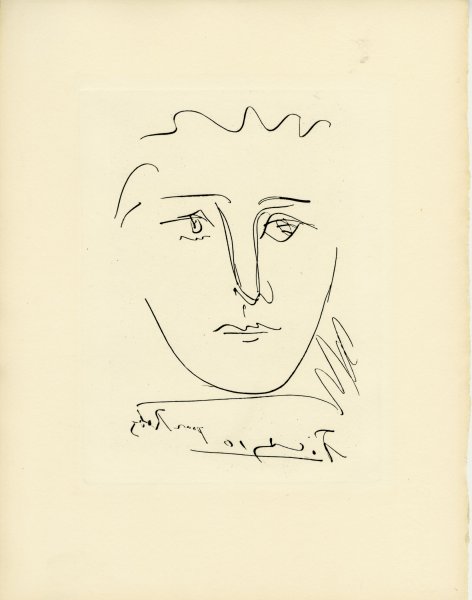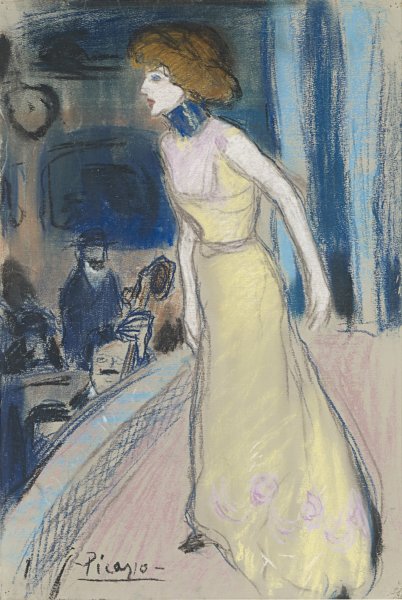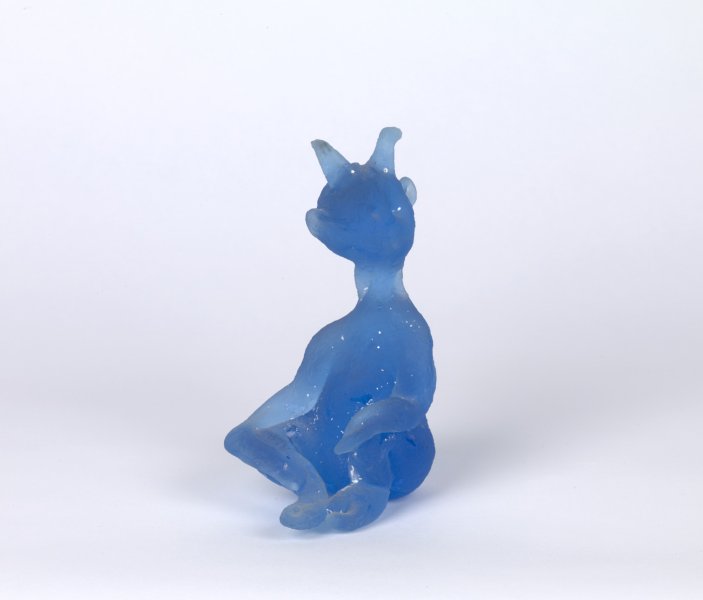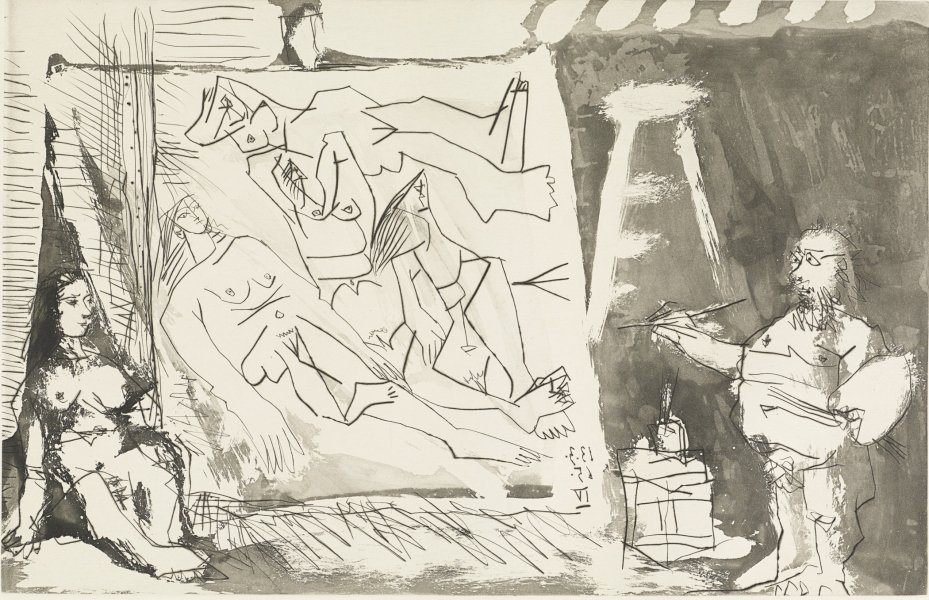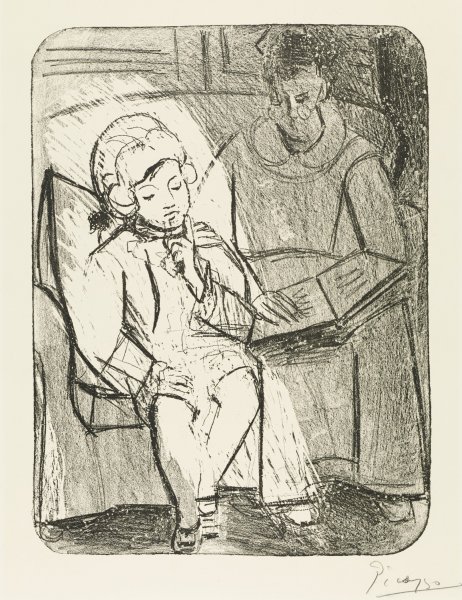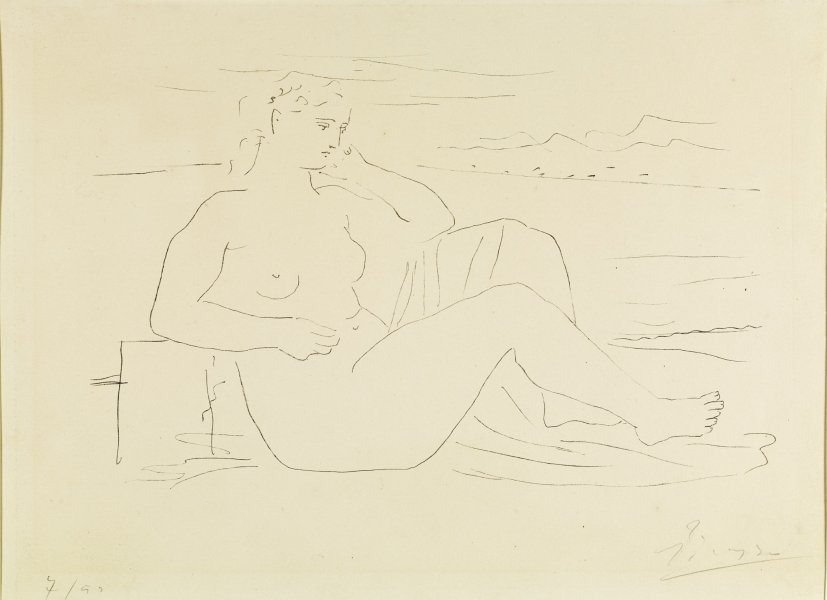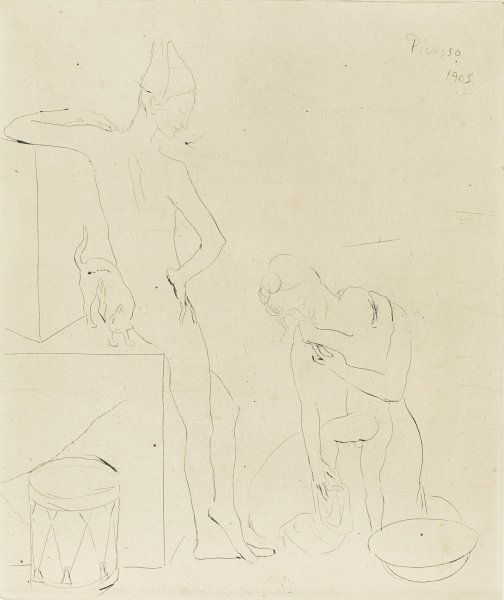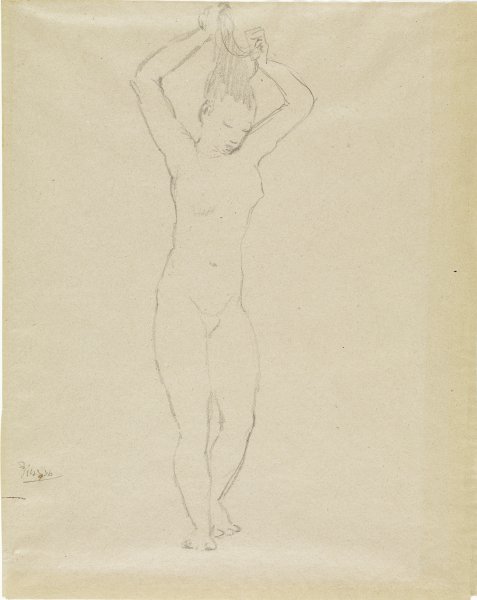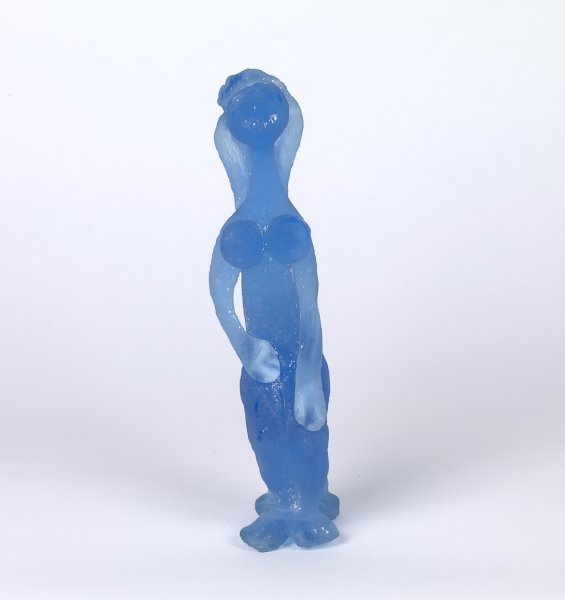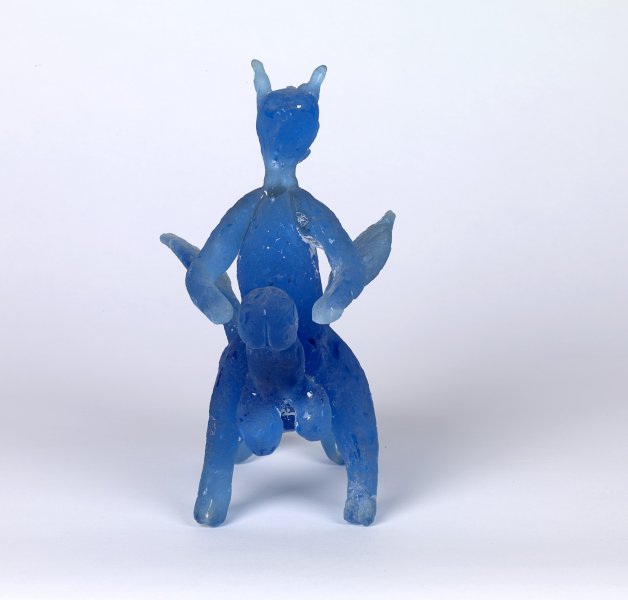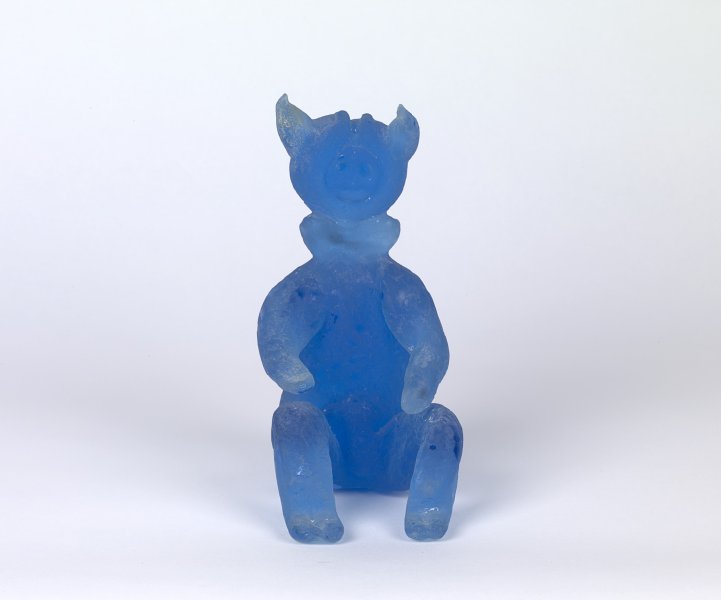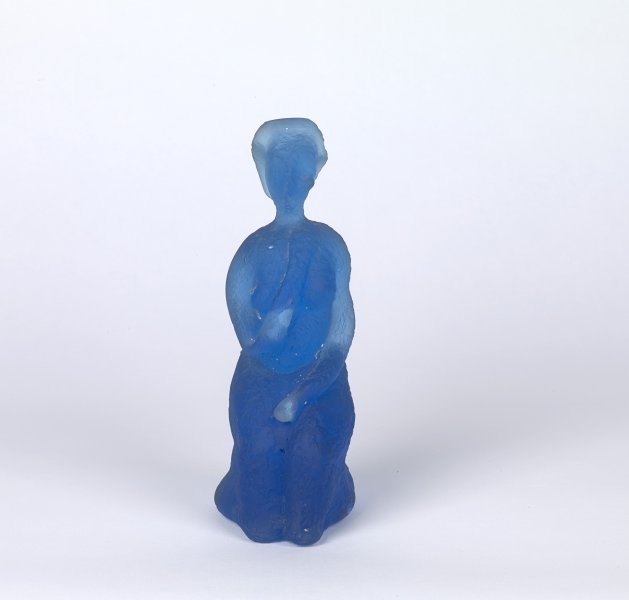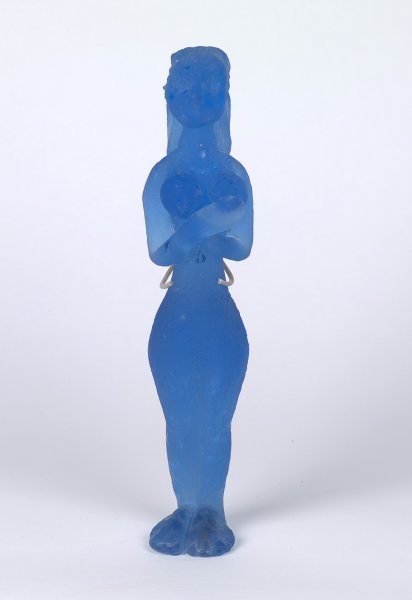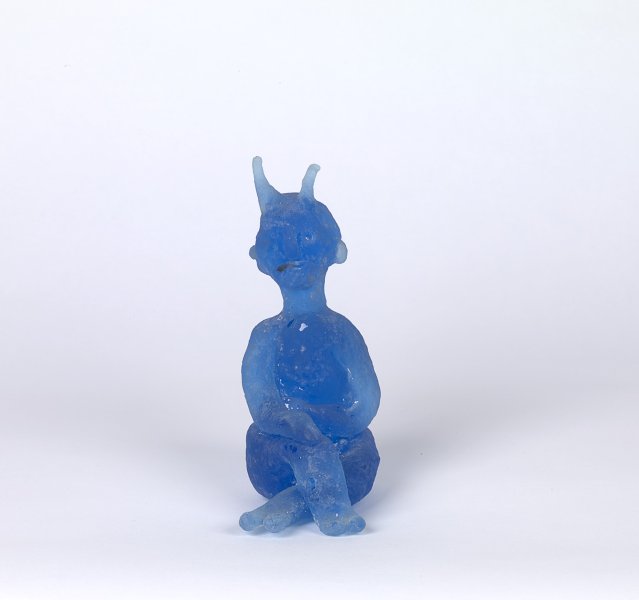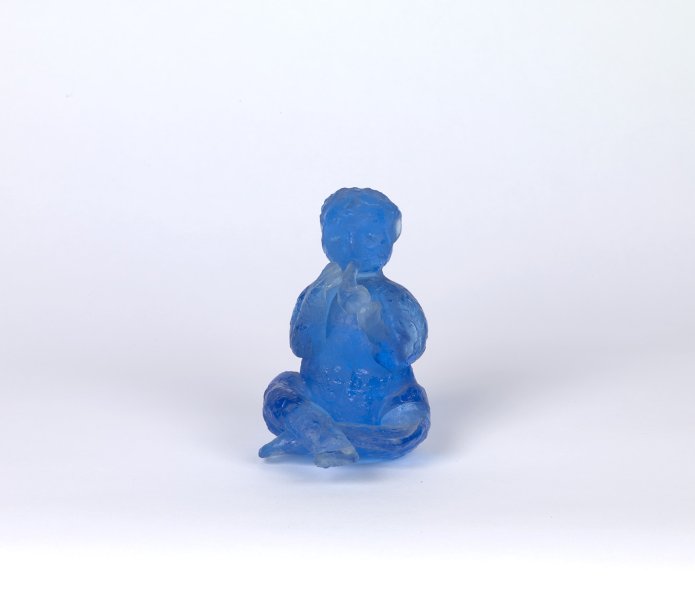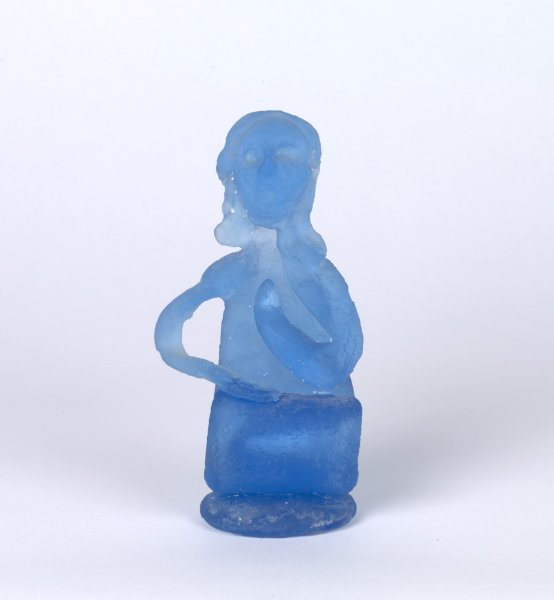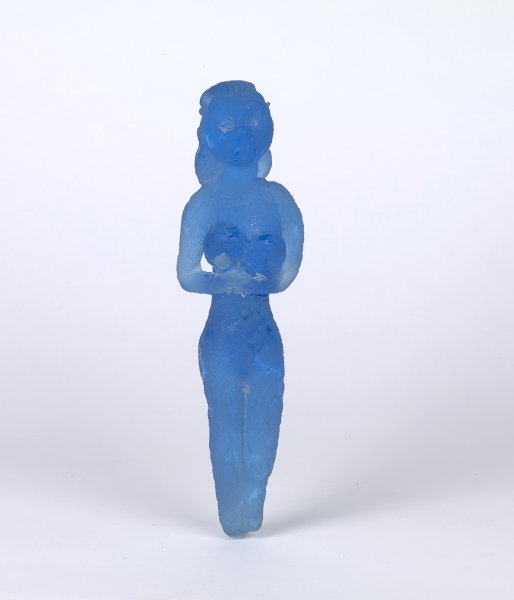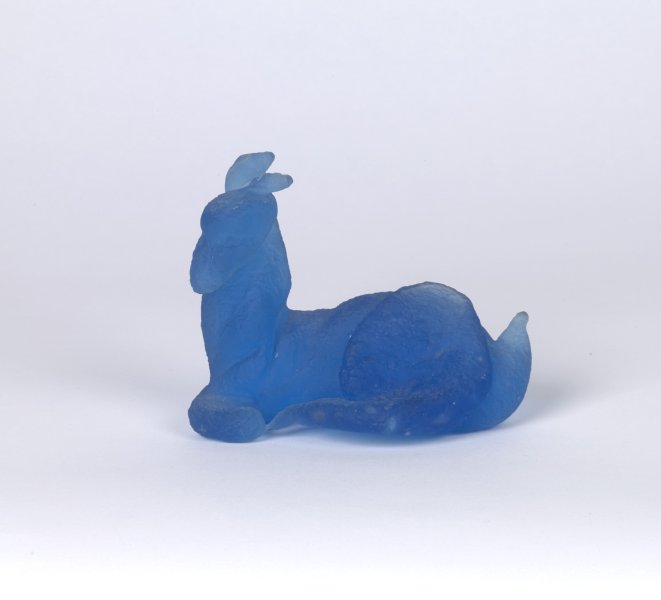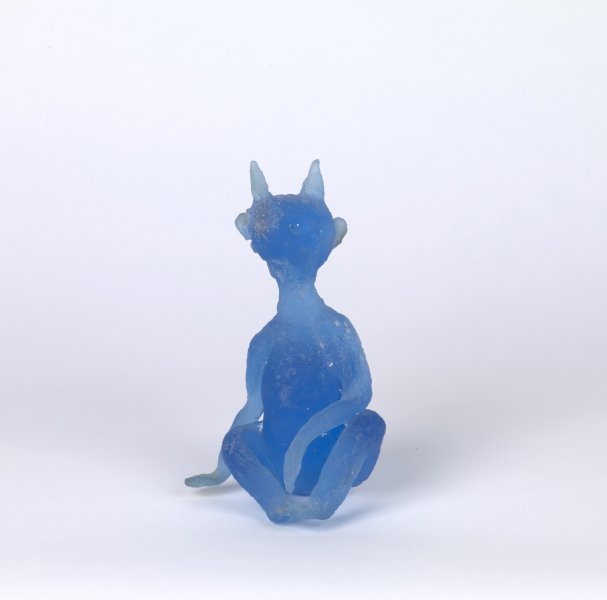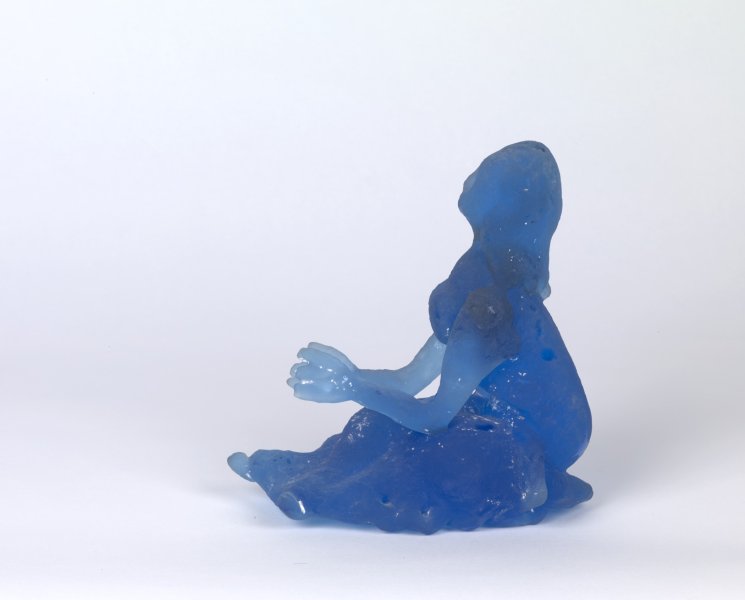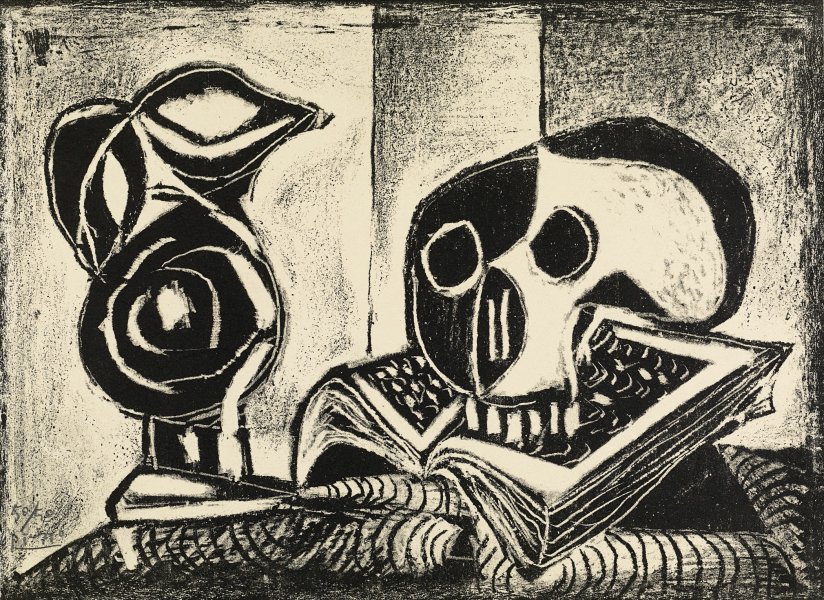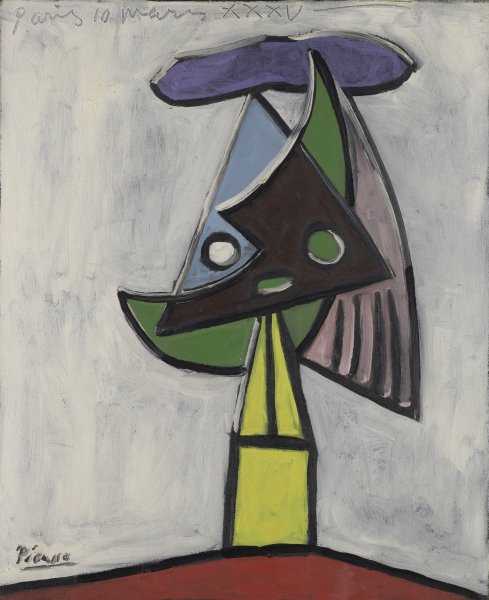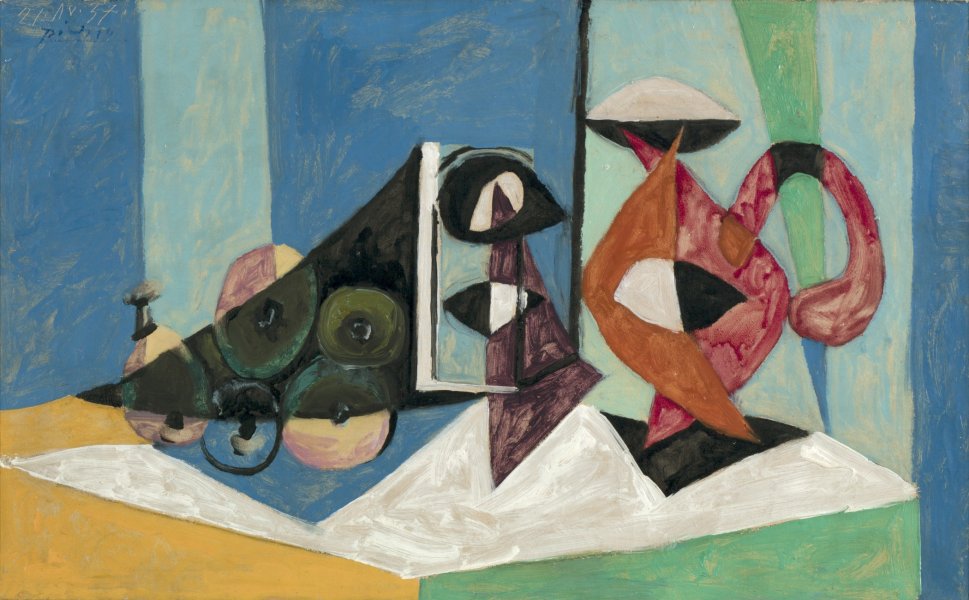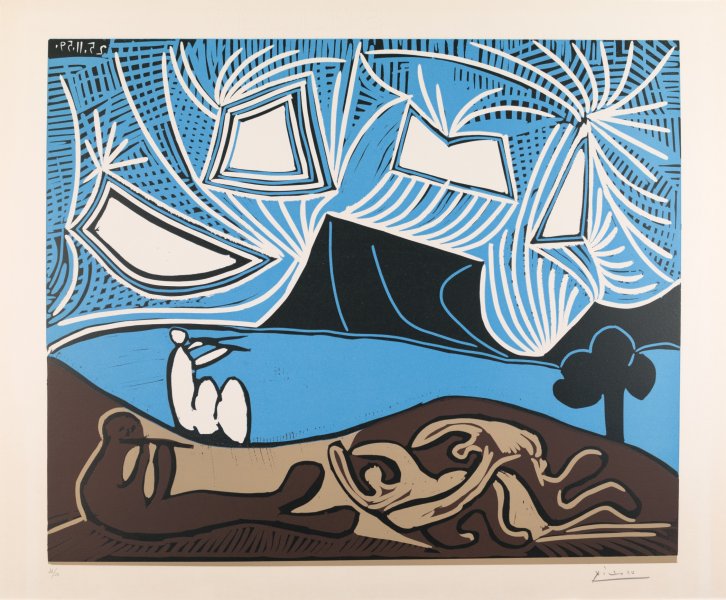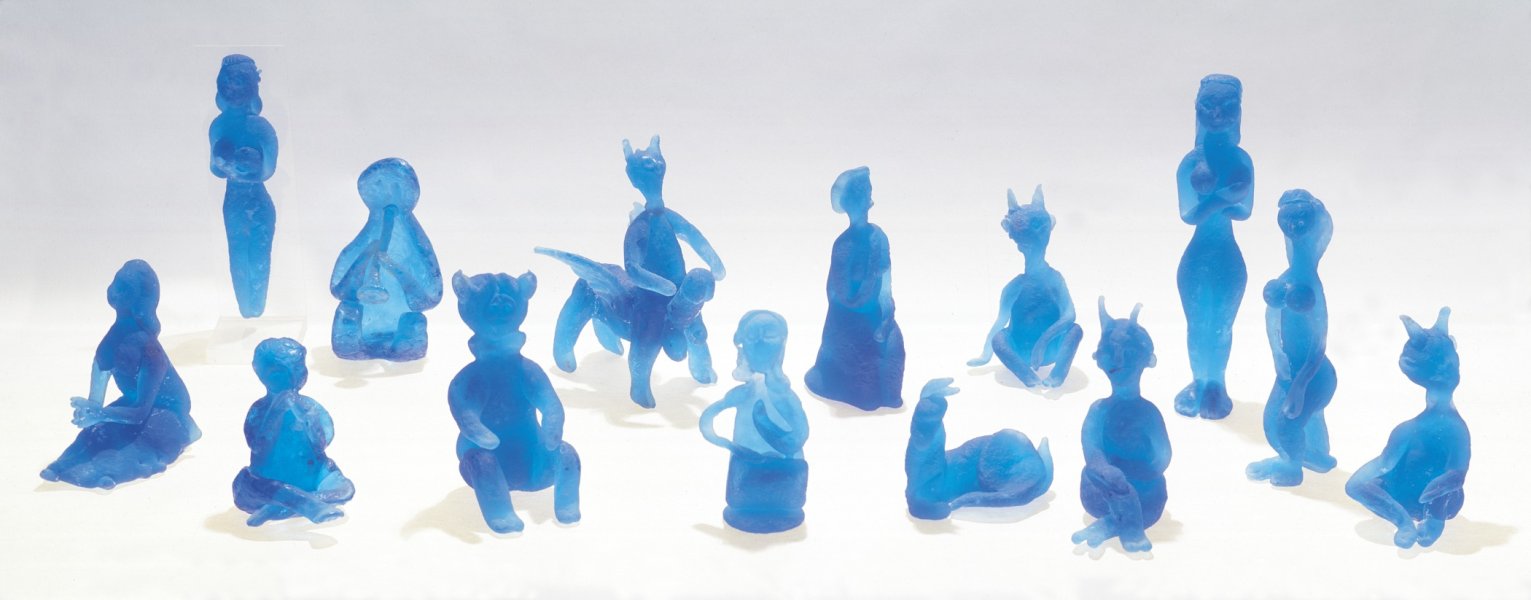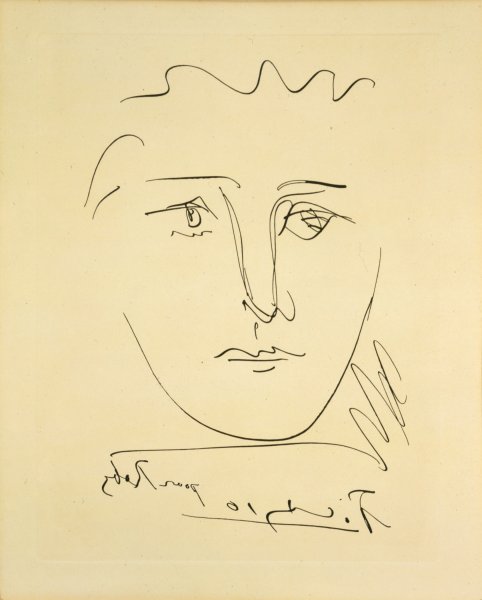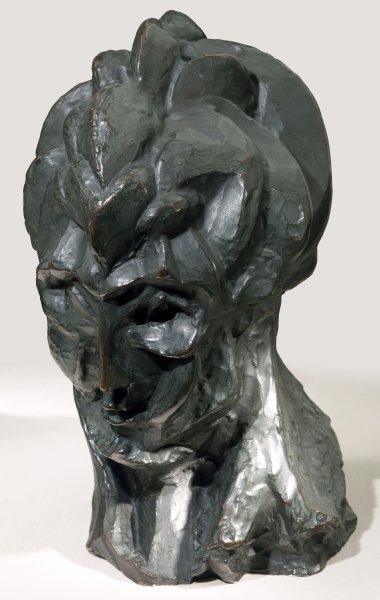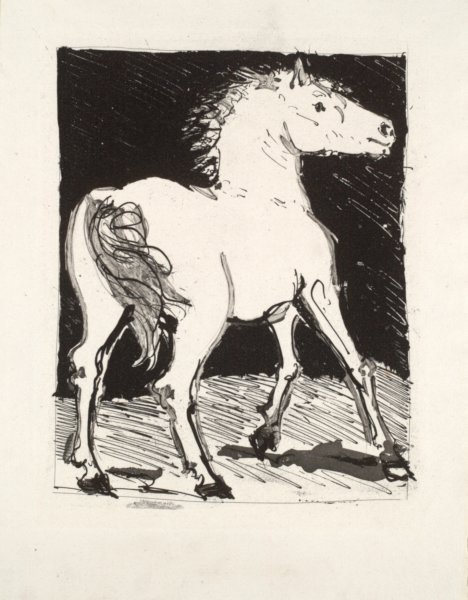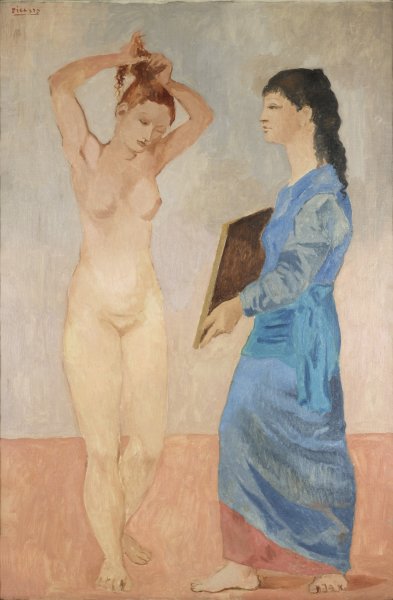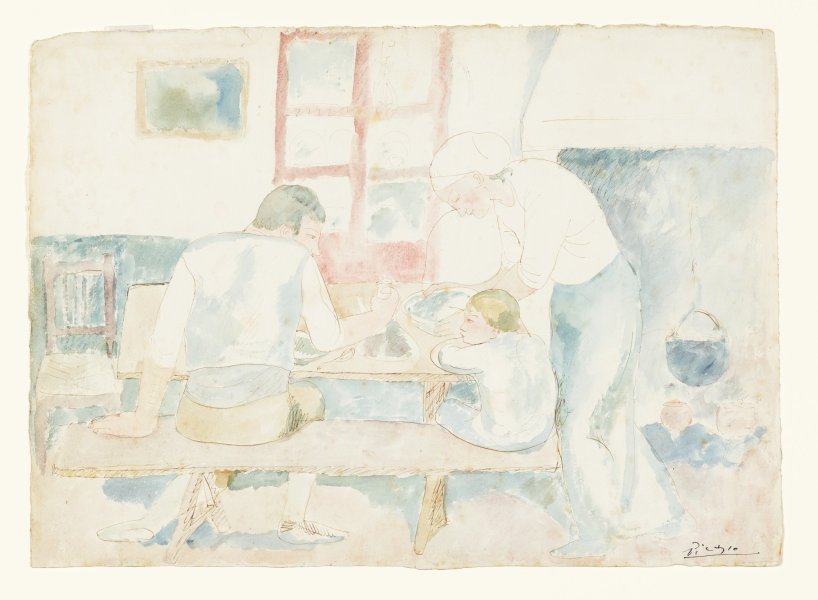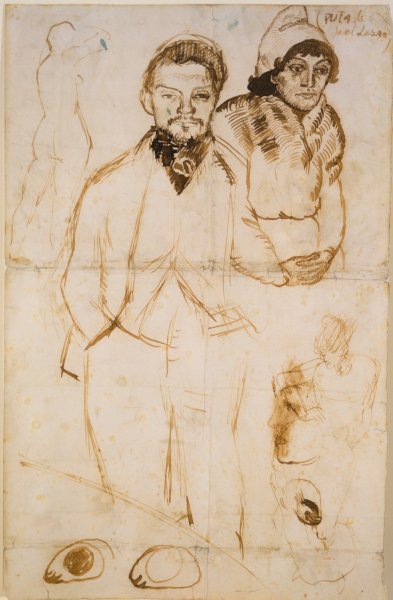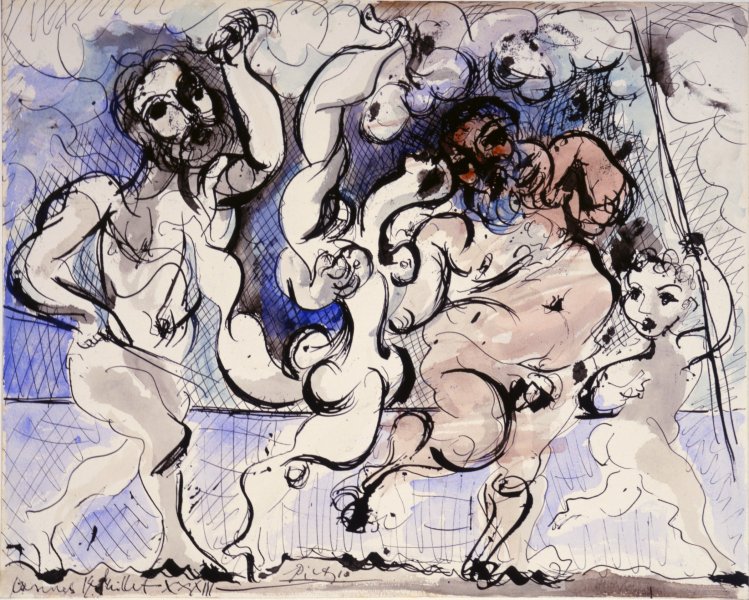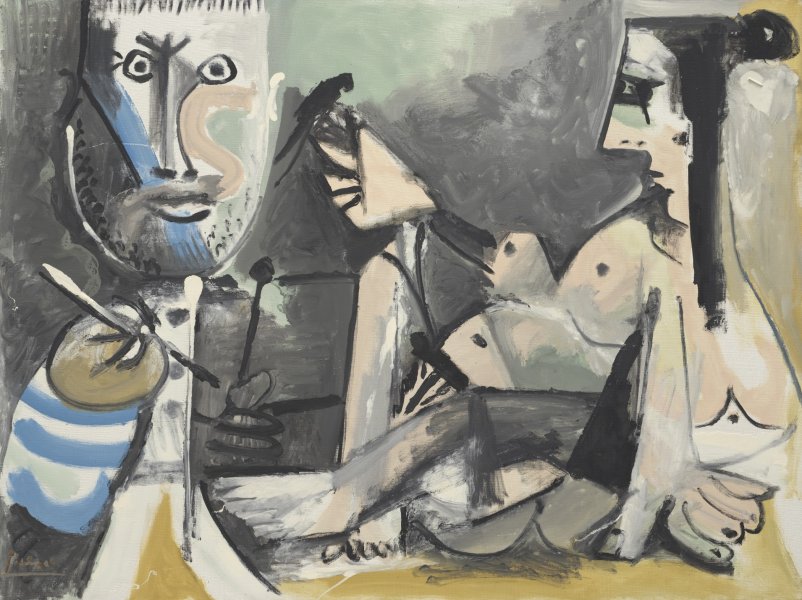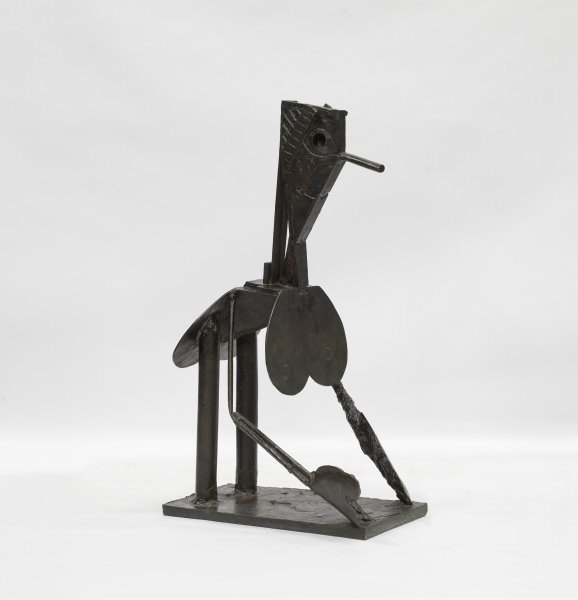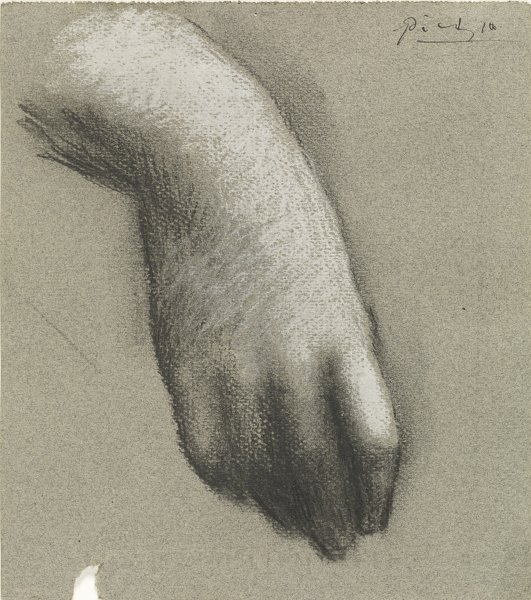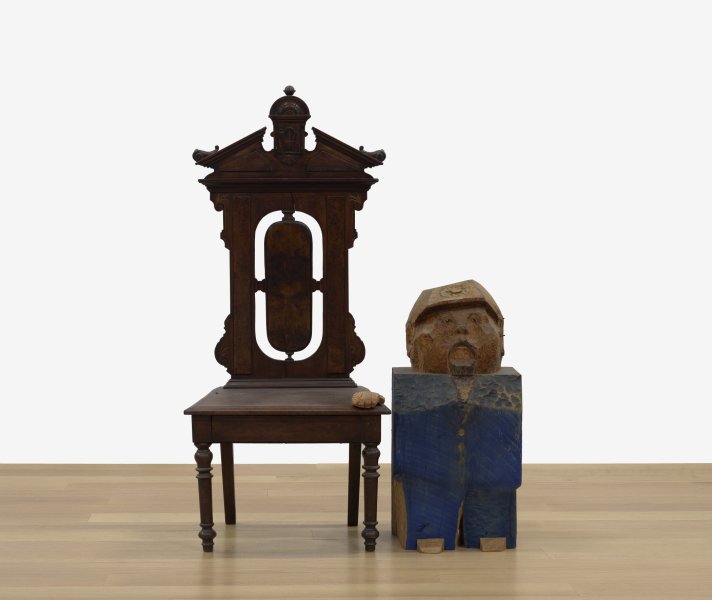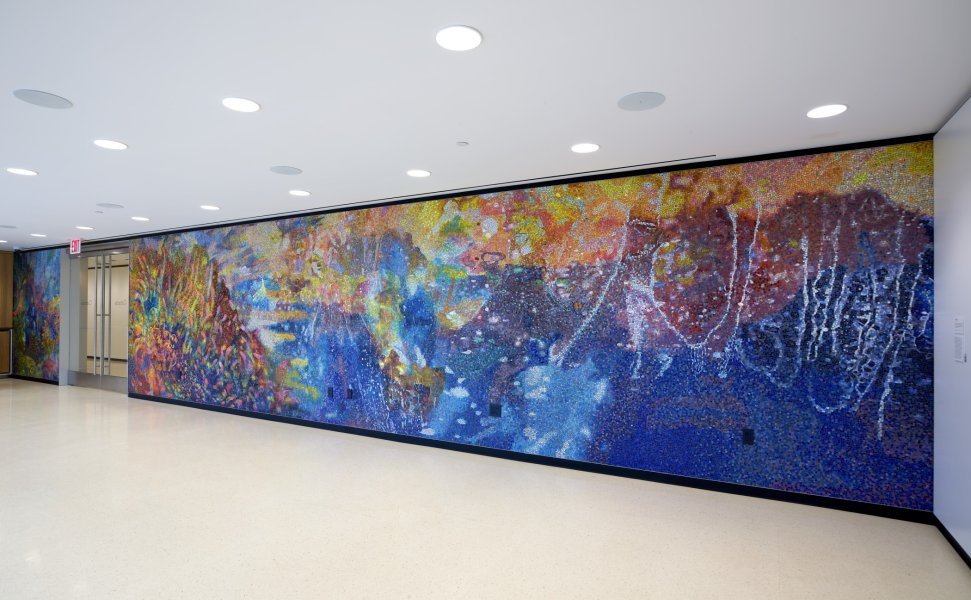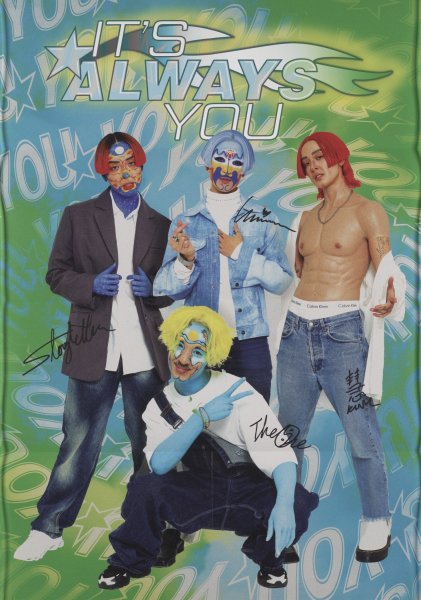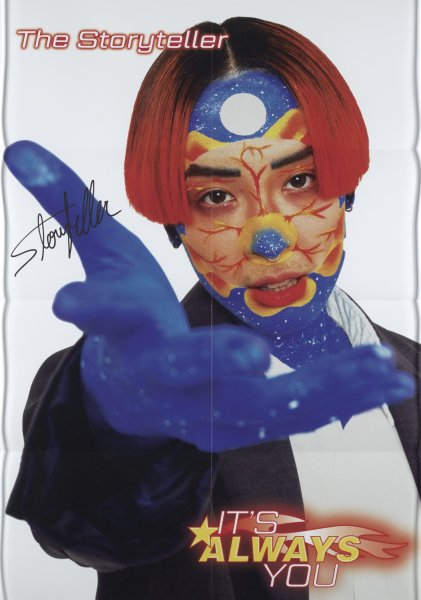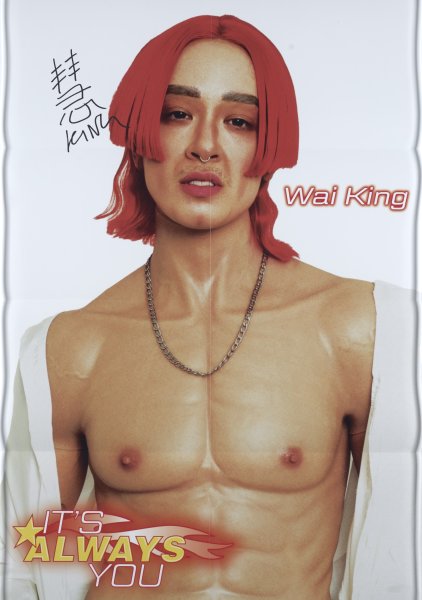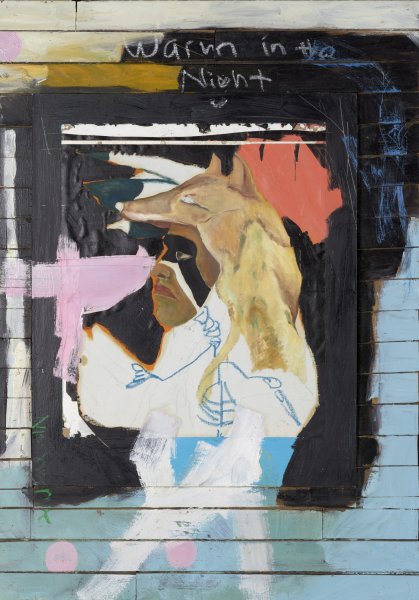Pablo Picasso
Spanish, 1881-1973
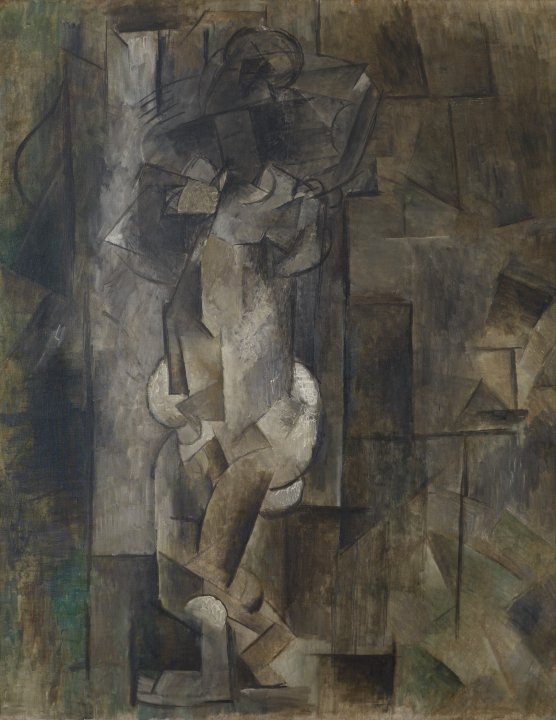
Pablo Picasso (Spanish, 1881–1973). Nude Figure, late spring 1910. Oil on canvas, 39 x 30 3/4 inches (99.1 x 78.1 cm). Collection Albright-Knox Art Gallery, Buffalo, New York; General Purchase Funds, 1954 (1954:11). © 2016 Succession Picasso / Artists Rights Society (ARS), New York.
© Succession Picasso / Artists Rights Society (ARS), New York
Image downloads are for educational use only. For all other purposes, please see our Obtaining and Using Images page.
Search the Site


© Succession Picasso / Artists Rights Society (ARS), New York
Image downloads are for educational use only. For all other purposes, please see our Obtaining and Using Images page.

© Succession Picasso / Artists Rights Society (ARS), New York
Image downloads are for educational use only. For all other purposes, please see our Obtaining and Using Images page.
Nude Figure, late spring 1910
Artwork Details
Currently on View
Collection Highlight
Materials
oil on canvas
Measurements
support: 39 x 30 3/4 inches (99.06 x 78.1 cm); framed: 50 1/2 x 42 1/8 x 4 7/8 inches (128.27 x 107 x 12.38 cm)
Collection Buffalo AKG Art Museum
Credit
General Purchase Funds, 1954
Accession ID
1954:11
Inscriptions:
Provenance:
to John Quinn, New York, 1915;
Earl Horter, Philadelphia;
Mr. and Mrs. Pierre Matisse, New York, 1941;
sold to the Albright Art Gallery by the Pierre Matisse Gallery, New York, December 17, 1954
Object Classifications:
Work Type:
Information may change due to ongoing research. Glossary of Terms
The motif of a standing female nude with an upraised arm refers to classical sculpture. As early as 1905, this subject begins to appear with surprising frequency in Pablo Picasso’s work, including La toilette, also in the Albright-Knox's collection. Nude Figure is a triumphant example of Analytic Cubism (1909–12). Each form depicted in the painting has been divided up into small geometric facets in order to represent the object from all viewpoints at the same time. The background is analyzed and reconstructed in the same way so that it merges with the objects depicted, flattening the space of the composition.
Label from Picasso: The Artist and His Models, November 5, 2016–February 19, 2017
Related Content
Related Exhibitions
{title} slider controls
Related Publications
{title} slider controls
Other Works by This Artist
No image available,
but we’re working on itNo image available,
but we’re working on itNo image available,
but we’re working on itNo image available,
but we’re working on itNo image available,
but we’re working on itNo image available,
but we’re working on itNo image available,
but we’re working on itNo image available,
but we’re working on itNo image available,
but we’re working on it
